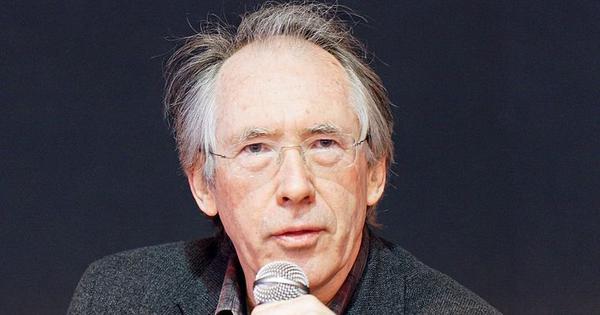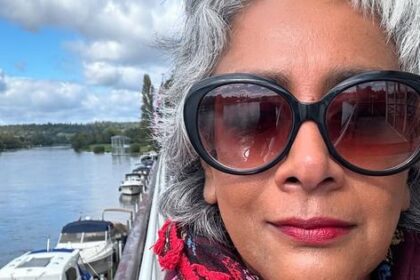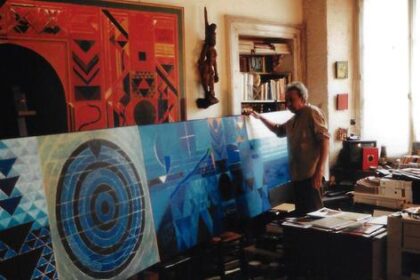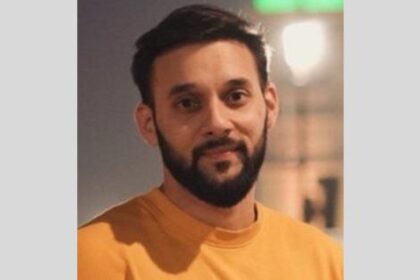The novel’s narrative shifts from a literary scholar’s pursuit to a woman’s poignant reflections on love and loss.
Ian McEwan’s latest novel, What We Can Know, is set in a dystopian future, specifically in the year 2119, where the world has been ravaged by climate catastrophes and nuclear conflicts. The narrative reveals a transformed global landscape, with the United States dominated by armed warlords, while Britain has become a series of islands with limited populations. In this altered reality, Africa has emerged as the new center of world power, while advancements in artificial intelligence have stalled, hindered by the impacts of war and environmental disasters.
The protagonist, Tom Metcalfe, an English literature academic, serves as the narrator for the first half of the novel. His scholarly focus centers on a period he has dedicated his career to studying—1990 to 2030—a time he finds profoundly uninspiring, especially as students show little interest in this era. Metcalfe’s quest revolves around a long-lost poem by the poet Francis Blundy, whose acclaim peaked when one of his love poems was featured in a Hollywood film. The only existing copy of this poem was given to Blundy’s wife, Vivien, and its whereabouts remain a mystery in Metcalfe’s time.
As he delves into Vivien’s diaries and the poet’s correspondence, Metcalfe finds himself increasingly fascinated by her, even confessing to his lover that he harbors feelings for Vivien. He often imagines what it might have been like to be her husband during the time he studies, reminiscing about a world where food tasted as it should and forests were still abundant, despite the looming threat of extinction.
The search for the elusive poem, which has become emblematic of the Greens protest movement in Britain, is not just a scholarly endeavor but also a personal journey for Metcalfe. He becomes engrossed in the minutiae of literary scholarship, frequently revisiting Vivien’s journals and Blundy’s communications. However, the narrative takes a more vivid turn when Metcalfe recreates a fictional event known as the second Immortal Dinner, set in 2014 at the Bundy residence, where friends and family gather to celebrate Vivien’s birthday and the reading of Blundy’s new poem.
This gathering, filled with intoxicated guests, serves as a backdrop for Blundy’s reading of a major poem crafted for his wife, which is both entertaining and revealing. The chaotic atmosphere highlights the complex interactions among the guests, who struggle to comprehend the intricacies of Blundy’s work as they navigate their own feelings of resentment and competition.
As the novel progresses, the focus shifts to Vivien, who takes control of the narrative in the latter half. This transition underscores the idea that some truths can be too painful or dangerous to reveal. The exploration of scholarship versus imagination, and the limitations of what can be truly known, creates a rich tapestry that invites readers to reflect on the nature of knowledge and the human experience.
Through Metcalfe’s quest and Vivien’s revelations, McEwan weaves a narrative that challenges the boundaries of understanding, suggesting that what we can know is often overshadowed by the complexities of emotion and memory.








